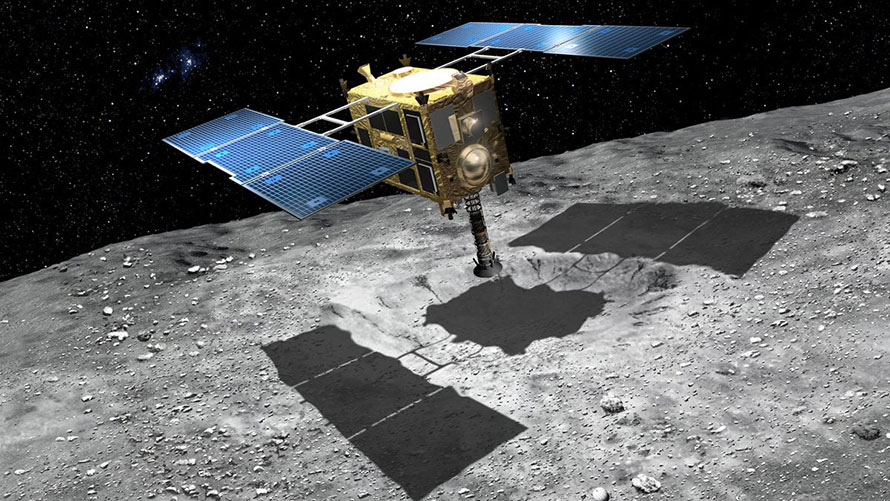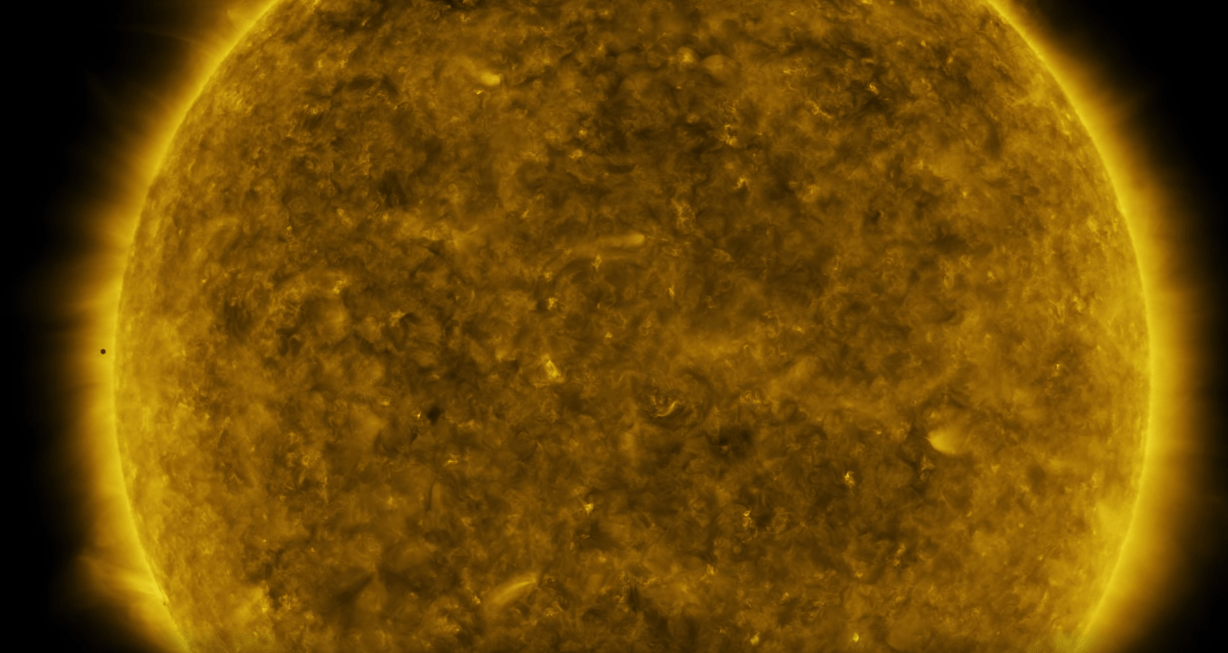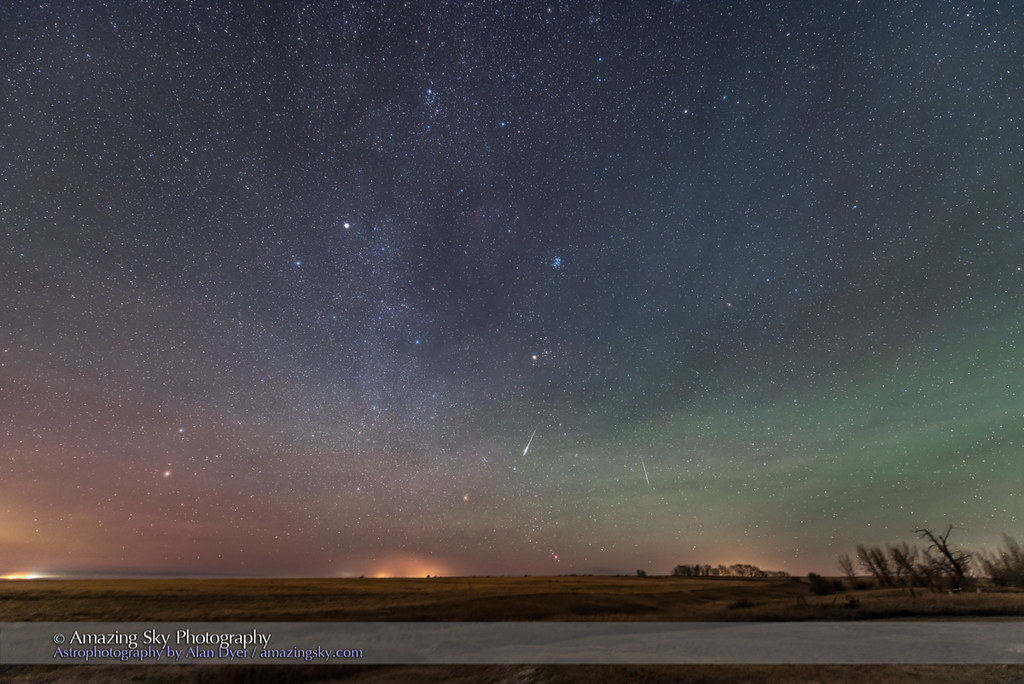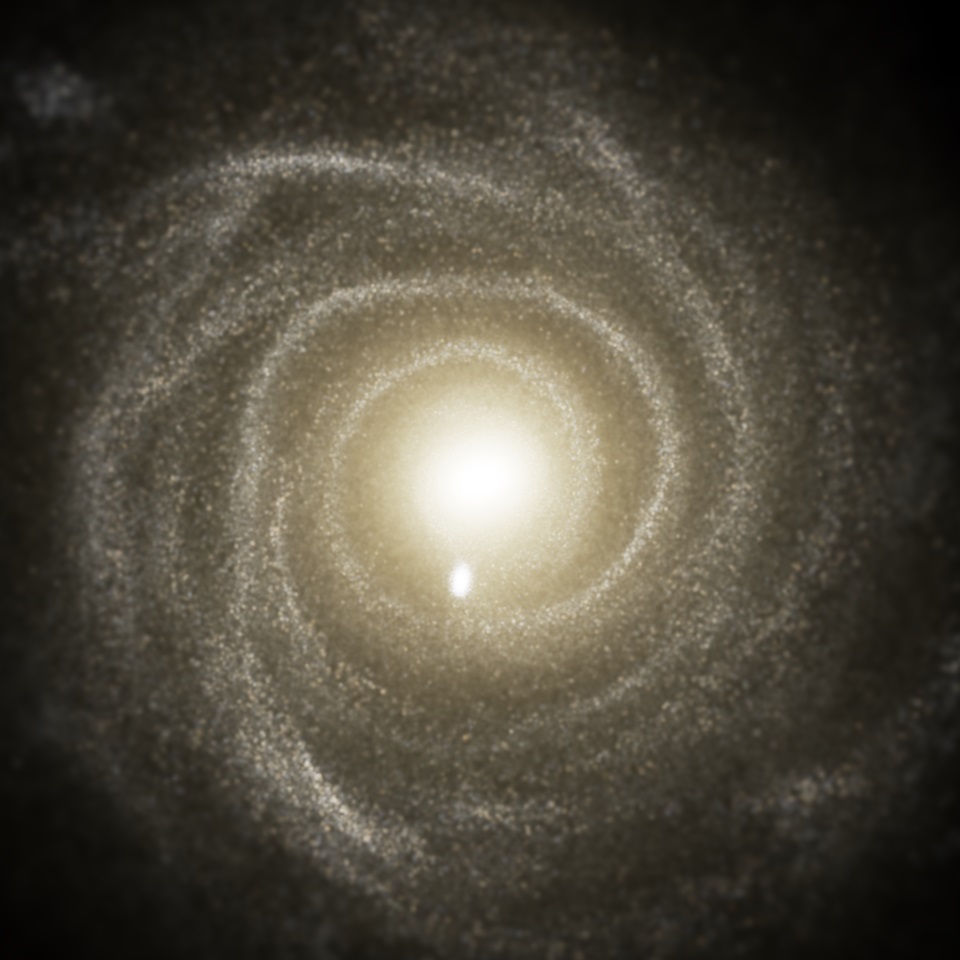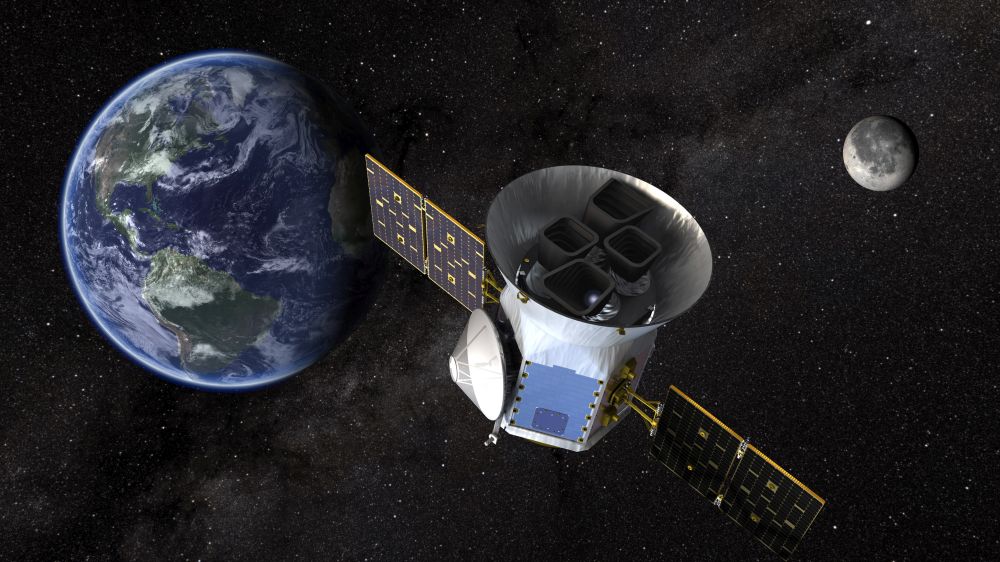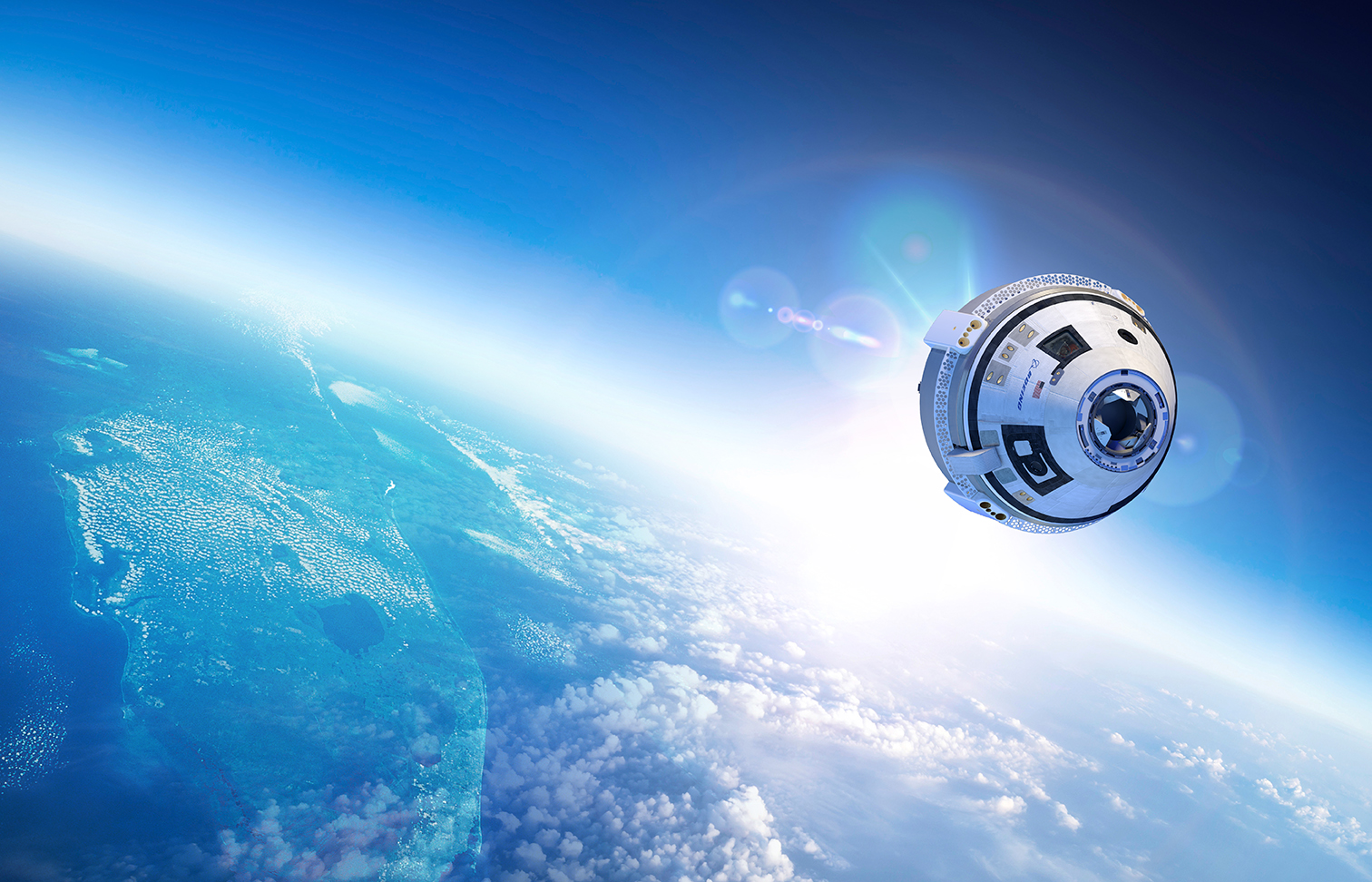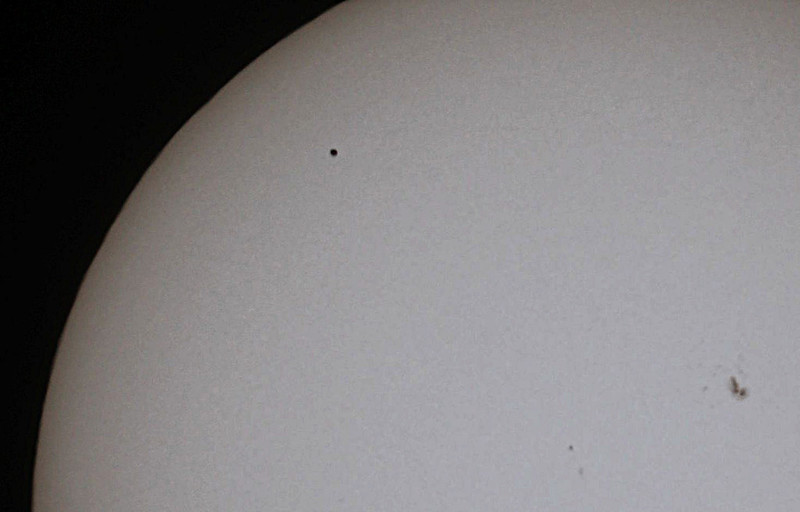Since the mid-20th century, scientists have had a pretty good idea of how the Universe came to be. Cosmic expansion and the discovery of the Cosmic Microwave Background (CMB) lent credibility to the Big Bang Theory, and the accelerating rate of expansion led to theories about Dark Energy. Still, there is much about the early Universe that scientists still don’t know, which requires that they rely on simulations on cosmic evolution.
This has traditionally posed a bit of a problem since the limitations of computing meant that simulation could either be large scale or detailed, but not both. However, a team of scientists from Germany and the United States recently completed the most detailed large-scale simulation to date. Known as TNG50, this state-of-the-art simulation will allow researchers to study how the cosmos evolved in both detail and a large scale.
Continue reading “Watch a Simulation of a Galaxy, From the Big Bang Until the Present Day”
